An implantable pacemaker is a device inserted beneath the skin under your collarbone to help regulate your heart rhythm. The device ensures that your heartbeat is steady and does not become dangerously slow.
Types of pacemakers
Depending on your condition, one of three types of pacemakers will be chosen for implantation:
- Single chamber pacemaker: One lead is placed, either in the upper or lower chambers of the heart.
- Dual-chamber pacemaker: Two leads are placed, one in the upper heart chamber and one in the lower heart chambers.
- Bi-ventricular pacemaker: This pacemaker has three leads. One is placed in the upper heart chamber, and one in each of the two lower chambers of the heart.


